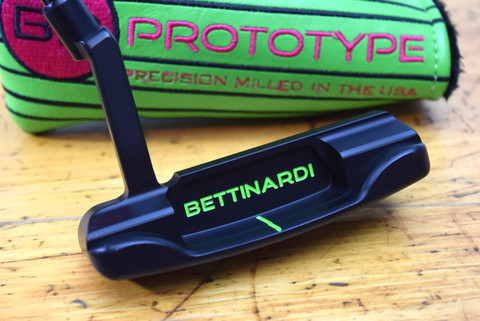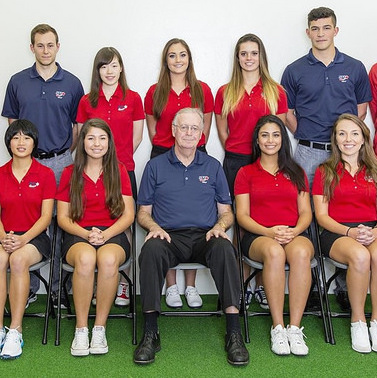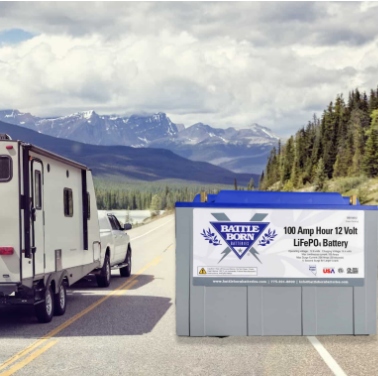Putters and putting
How to select the right putter

The average golfer has a love-hate relationship with his or her putter. It should really be plural, as most golfers have multiple putters collecting dust in their garage. If the ball is finding the hole, it is a love relationship that usually does not last for very long. Putting can make up half of your final score. If the course is a par 72, with two regulation putts per green, half the score will be 36 strokes. On the PGA Tour, the average is 29.2 putts per round. As a result, for both amateurs and professionals, selecting the right putter is very important.
Despite the proliferation of putters on the market, there are really only two different types—blade putters and mallet putters.
Blade putters
This style of putter dates back to the original hickory shafts. This putter is a flat blade with various neck options, with the hosel connected to a shaft either in the middle or at the heel of the blade. They are toe-weighted putters, which helps square the face. A good 95 per cent of touring pros use this style of putter.

In selecting a putter it is necessary to match the putter with your stroke. Blade putters have a lighter feel, are easier to control, and if you have an arch stroke, or inside-out stroke, the blade putter is preferable. Their disadvantage is the hands can rotate inside and, combining with the arms pulling across the body, force the ball inside the hole.
Mallet putters
This style of putter has many shapes, from a semi-circle to square, with elaborate and strange futuristic designs.The head is much larger and heavier than a blade putter, although the face is the same size as a blade putter. They are also called face-balanced putters. If you have a straight back-forward putting stroke, the mallet putter is preferable. The disadvantage is that the weight is difficult to control on fast greens and it is harder to judge longer distances.
So what are the best putters? Although any putter will work if the golfer has the confidence and skill to handle the club, manufacturers like Ping, Odyssey, Nike and Titleist dominate the market. It is interesting to note that manufacturers produce both blade and mallet putters and even use the same name. Some of the better putters include:
- Nike Method Converge
- Odyssey White Hot RX
- Ping Karsten TR and Ping Cadence
- Titleist Scotty Cameron and Scotty Cameron Futura X
- Taylor Made Spider
- Bettinardi BB Series
Speed and line
Putting is a combination of both the line and the speed of the ball. Good putting starts with the walk to the green. Note the slope of the landscape, the trees around the green, the wind and the location of any ponds or streams. Greens always slope to the water. Once on the green, let your feet tell you the slope or break, because looking at the line can be an optical illusion. Walk around the ball and examine the putt from all four sides. Finally, visualize the line of the putt and then concentrate on the speed of the putt. Speed is more important than line, for never up, never in. Putting should be the easiest stroke but it seldom is. Develop a pre-shot routine and then stroke the ball into the back of the hole with confidence.








